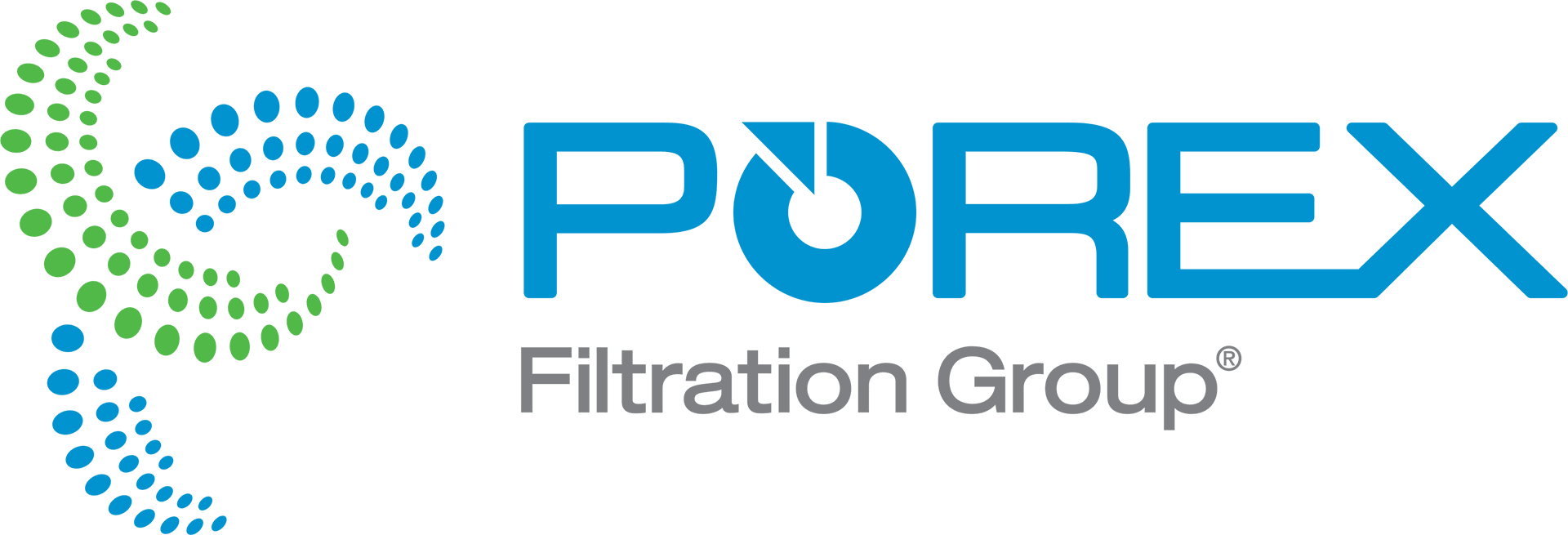
FAQs
Frequently Asked Questions
Check here for answers to your most common questions. Need more information? Contact us online, or, Ask An Engineer.
General
What product shapes are available?
Porex offers many possible shapes: three-dimensional parts, sheets, tubes, rods, and profiles are among your options. While there are some limitations depending on base material, size, and geometry, we frequently review drawings so our engineers can recommend options that can meet your application needs.
Are your materials available in colors?
The majority of Porex parts are naturally white. However, colors and blacks are available by request, and colored specs can be added to designate properties.
What plastic materials can be made porous?
Most thermoplastics can be made porous, although some materials do better with our proprietary processes than others. We have worked with numerous resins throughout the years and we can recommend one or more material solutionsdepending on your needs.
What applications are your products used in?
POREX® Porous Plastics are used in numerous applications that involve filtering, venting, wicking, diffusion, fluid and gas control, media support, and many other related applications. Because our products are used in so many varied applications, Consult a Porex Expert to determine how Porex solutions can meet your application requirements.
Do you sell expanded Teflon® products?
Teflon® is a registered trademark of E. I. du Pont de Nemours and Company for the chemical material generically known as polytetrafluoroethylene or PTFE. Porex does offer a line of microporous PTFE materials utilized in many industries.
Can additives be added to porous plastics?
Yes, porous plastics can be combined with additives. Because there are so many options, we recommend you Consult a Porex Expert to discuss your options.
Where can I buy your parts?
Most of our products are custom made to customer specifications. Please Consult a Porex Expert in your region to discuss your specific application needs.
What regulatory approvals do your products meet?
Porex utilizes numerous raw materials with various regulatory approvals. We recommend you Consult a Porex Expert who can guide you to your best product options for your application.
Technical
Is your PTFE membrane the same as expanded PTFE?
No. Typical porous polytetrafluoroethylene (PTFE) is expanded PTFE (e-PTFE) where porosity is created by micro-fracturing the membrane by controlled stretching. POREX® PTFE Membrane is sintered and skived so porosity and dimensions are well controlled and consistent. Compared with e-PTFE, Porex microporous PTFE solutions are more robust and available in a wider range of porosity and thickness ranges, as well as custom shapes.
Can sealing or bonding agents be used on porous plastics?
Whether sealing or bonding agents can be used depends on the base material. Polyethylene (PE), polypropylene (PP), and polytetrafluoroethylene (PTFE) resist most solvents and are difficult to solvent bond. Some of the following are better choices for sealing or bonding these materials: PVC or ABS cement, two-part epoxy systems, or silicone sealant. It is important to note that many of these choices may cause the final part to lose some of its porosity, as the sealant will close off some of the pores.
Can porous plastic be sterilized?
Porous plastic can be sterilized similarly to its corresponding solid non-porous parts. For example, polyethylene (PE) and polypropylene (PP) can be sterilized by ethylene oxide (EtO), radiation, and stream; polytetrafluoroethylene (PTFE) can be sterilized with EtO and steam.
Are your materials compressible?
Since porous plastics have a certain amount of void volume, yes, they are somewhat compressible. How compressible will depend on material, porosity, and part geometry.
Can your products be made elastic?
Yes. We have worked with several elastomeric materials and can make flexible porous parts.
Can your vent materials self-seal or change color if they get wet?
Yes, porous plastics can be combined with additives. Because there are so many options, we recommend you consult a Porex expert to discuss your options.
Is your material a surface or depth filter?
Most of our products are custom made to customer specifications. Please Consult a Porex Expert in your region to discuss your specific application needs.
How does your material work as a vent?
Porex utilizes numerous raw materials with various regulatory approvals. We recommend you Consult a Porex Expert who can guide you to your best product options for your application.
Mechanical / Manufacturing
Are your parts injection molded?
No. Porex utilizes a proprietary forming/molding process. In general, part geometries can be similar to injection molding parts.
Can porous plastics be machined?
Yes. In general, POREX® Porous Plastics can be sawed, turned, milled, drilled, punched, or cut. It is best to keep the surface temperature low and cutting instrument sharp to prevent surface smear. Machinability also depends on the base material selection.
Can porous plastic be vibrationally or heat welded?
In general heat welding is best, as some porous materials can absorb vibrational energy, which can cause inconsistency. Properties will be dependent on the final material choice.
Do you make product tooling?
Yes. At Porex, we make custom prototype and production tooling.
What is the widest sheet Porex can make?
Sheets up to 42 inches wide are possible. Typical maximum width for polytetrafluoroethylene (PTFE) sheets is about 13 inches, although somewhat wider sheets can be custom made.

Select Samples
Explore our library of our most common capabilities samples to discover firsthand what is possible with custom materials.

Ask An Engineer
Take a first step by having a quick consultation with one of our application engineers.
